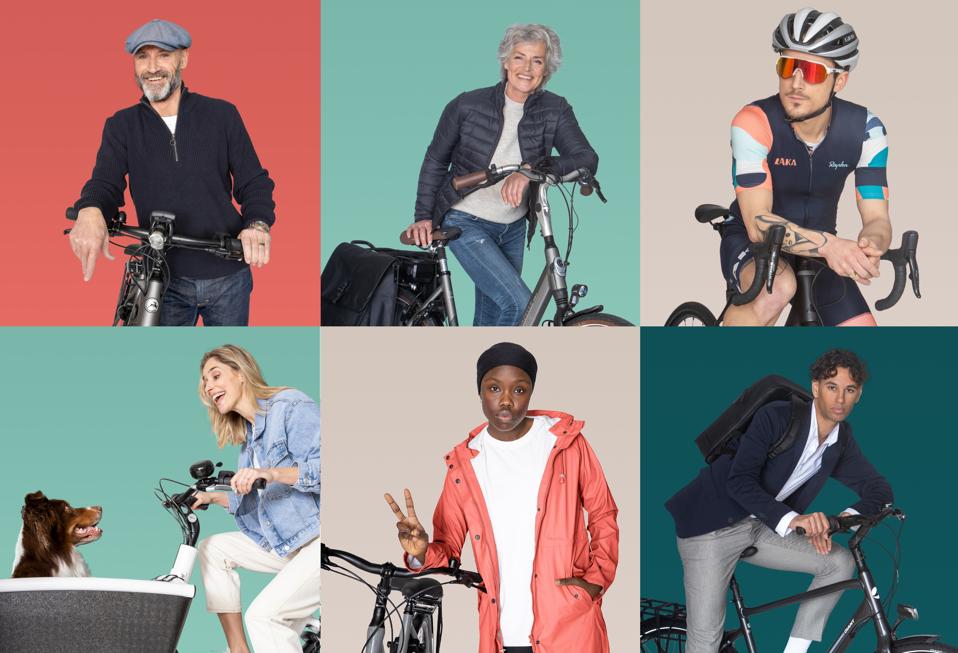When Laka CEO, Tobias Taupitz, sought to turn the traditional insurance model on its head, he took inspiration from the 18th-century practice of barn-raising in farming communities. When a barn needed major repairs, “the community came together to rebuild a farmer’s barn” as a form of collective action to strengthen communities.
When the metaphorical barn burns down today, there is often a tug-of-war between the insurance company and the client. The notion of community has been lost.
Insurance Today Is No Longer the Safety Net it Once Was
People buy insurance to protect themselves from catastrophes. They insure the things that they care most about, such as their homes, cars, personal health, and loved ones.
Most insurance companies charge customers a premium to insure their property or health. They then pool these premiums to invest them in income-generating financial assets. The premiums and investment income cover the costs of future claims.
Yet, climate change, pandemics, and increases in property crime have escalated costs so significantly that insurance companies are increasing their premiums and exiting high-risk markets. This has forced many Americans to go uninsured. A 2023 YouGov survey of 2,780 American adults reported that 17% of drivers aged 18-34 have driven without auto insurance in the previous year because of the prohibitive costs.
Insurance companies are now motivated to sell as many premiums as they can and limit payouts on the claims. It’s not uncommon for clients to discover that their insurance doesn’t cover all that they hoped it would when they experience a loss event.
How Laka Ltd. Turned Insurance On Its Head
Taupitz saw an opportunity to rethink the insurance model. He focused on micromobility – bicycles – because many people care deeply about their bikes. He knew that bicycle-owners would be willing to build community to reduce their individual and collective risks.
Unlike the traditional model in which income is generated from income, Laka takes a percentage of claims filed. It’s reasonable to assume that Laka would want to see lots of claims, as they profit from stolen bicycles. But Laka corrects for this in a way that benefits clients.
Laka calculates the cost of premiums at the end of the month based on the claims that are filed during the month (prorated by the cost of the bike being insured). Even though this means that premiums vary from month to month, the monthly premium is often cheaper than traditional insurance, coverage is better, and the premiums are capped in case there is a month in which claims are excessive. By tying premiums and claims tightly together and making premiums and claims visible to all clients, Laka has built a sense of shared costs and benefits with the community. Clients and municipalities are motivated to collectively reduce loss events.
Why Laka Focused on Micromobility
Taupitz was very deliberate in his choice of micromobility. As a cyclist himself, he understands how much bike owners care about their bicycles and want to avoid theft. And, he understood that bike theft was the reason why many people don’t buy bikes in the first place. He knew that if he could offer bike owners insurance they trusted, more people would buy and use bikes.
Laka uses this notion of community to inform clients of how to prevent bike theft, such as equipping bikes with better bike locks and sensors. It also provides clients with real-time information on theft hot spots and works with local police to recover stolen bicycles.
When London experienced a wave of stolen handlebars, not only did Laka tell its clients about the risk to their handlebars, they told them how they could avoid theft by installing a specific type of screw.
Growth opportunity
Taupitz points to the rapid growth of the bicycle market as another reason for focusing on micromobility. E-bikes are making micromobility accessible to many more people. Bikes are cheaper, often more convenient, and less environmentally impactful than a car. Mckinsey & Company predicts that the worldwide market will more than double by 2030, with Europe’s market expected to almost triple in this period.
Further, Laka is able to capitalize on the trend for European cities to create low-traffic neighborhoods (LTNs) that restrict cars and permit bicycles. Even though many municipal governments experience initial backlash from motorists to such proposals, Wired reported that once communities create these low-traffic zones, they don’t want to go back because of the dramatic improvements in congestion, air quality, and safety.
Can Laka’s Model Scale Up?
There will always be a place for traditional insurance. Laka focuses on high-frequency, low-severity losses, yet most people buy insurance to protect themselves for big ticket items, such as their home or health. These big events require insurance companies to have very deep pockets, especially when losses hit whole communities, such as those related to floods, fires, or earthquakes.
Laka, though, may be exactly the disruption that is needed for the items that more and more people find hard to insure, and yet care about deeply, such as their bikes or their pets. Deloitte’s 2024 Global Insurance Outlook report argued that the insurance industry needs to see its role in society as not not just protecting people, but in helping to make a safer, more just society. Deloitte argues that insurance companies need to be driven by purpose and actively mitigate insurance risks by educating clients to prevent losses. Laka’s approach to insurance may be just the answer that Deloitte is asking for.
Disclosure: I Chair the Impact Committee of Shift4Good, which has invested in Laka. The Impact Committee independently assesses key environmental performance indicators of Shift4Good investments. There is no conflict of interest.

